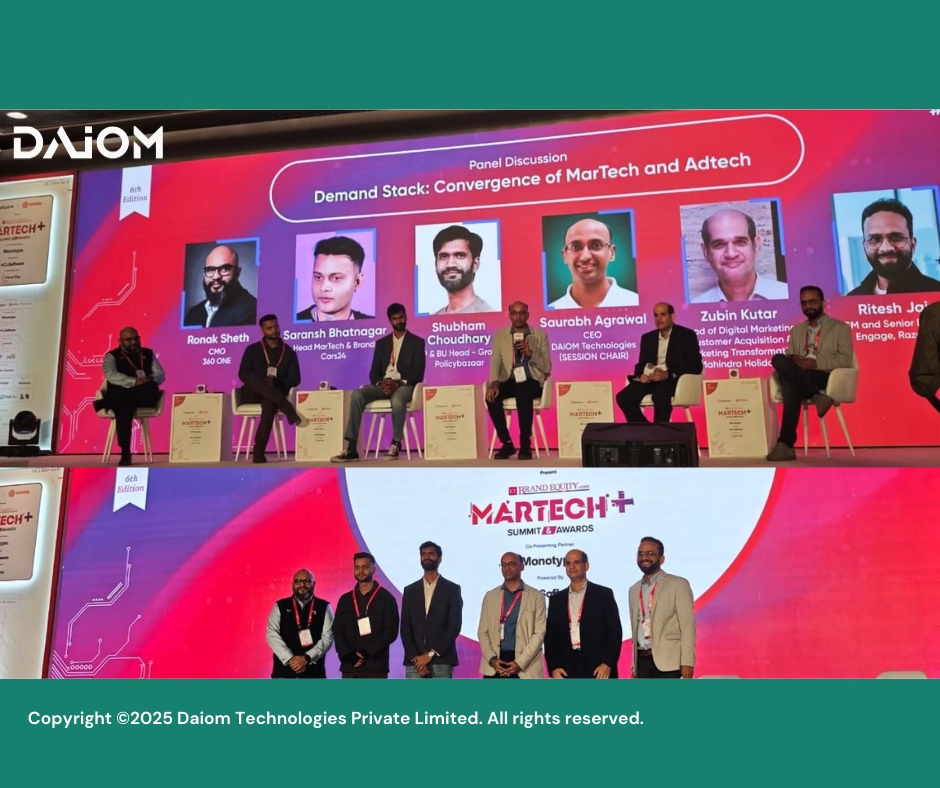Yesterday, I had the privilege of moderating a panel at India’s biggest MarTech gathering—the ET BrandEquity MarTech+ Summit in Gurgaon. The energy in the room, the quality of conversations, and the lineup of marketing tech visionaries made this event a true milestone for anyone chasing digital transformation.

For years, marketing spends have been dominated by AdTech platforms like Meta and Google and demand generation has been the name of the game. But as I learned during the summit, brands are finally waking up to this fundamental truth:
AdTech eats the budget. MarTech drives the results.
This panel explores how the merging of AdTech and MarTech is redefining the future of brand growth in 2025.
Why This Shift Is Happening?
While 60–70% of budgets still flow into demand platforms, it’s clear that AdTech is all about acquiring top-of-funnel attention. MarTech, meanwhile, is where those leads convert: smarter stacks, richer automation, and real-time personalization now own the bottom line.
Even AdTech giants are changing. Meta and Google want to run ads, own messaging via RCS/WhatsApp, and capture the customer data—all three steps of the journey.
AdTech = Demand | MarTech = Conversion
Key Takeaways from the Summit:
As someone who was part of the panel, these were my biggest takeaways and reflections from the summit’s high-energy discussions.
1. Martech Is Local, Not Global
Successful MarTech deployment depends on understanding local tech habits and customer preferences.
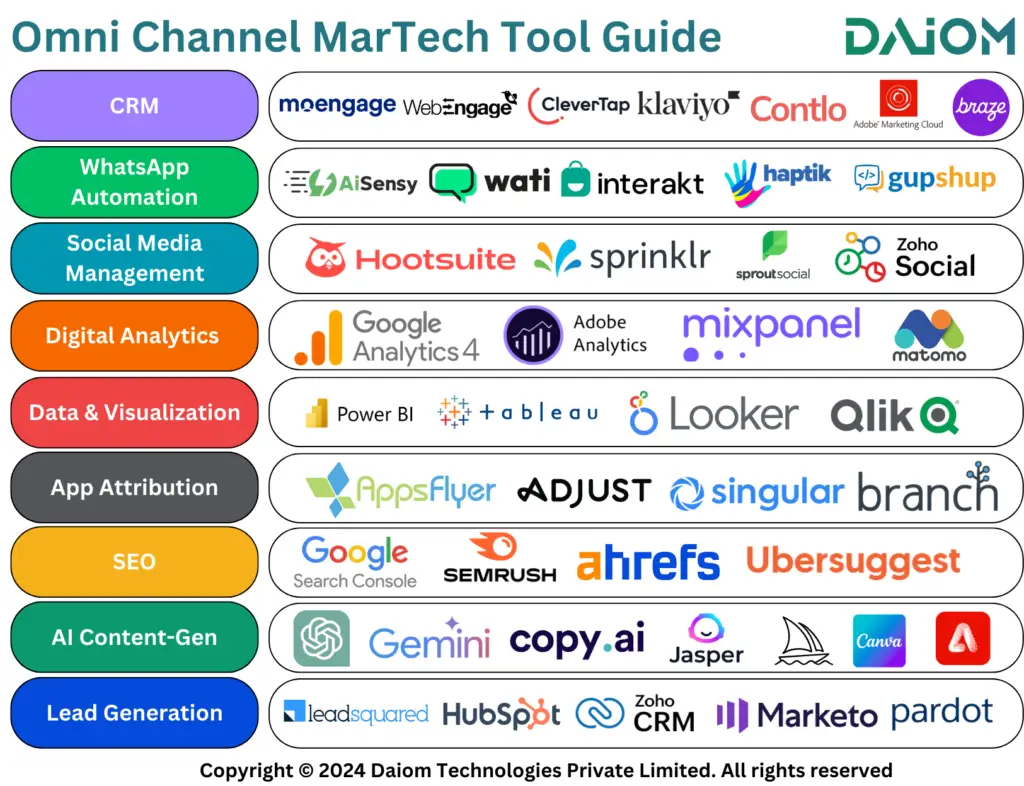
- The best results come from selecting tools and integrations specific to your customer base—not simply replicating global solutions.
- Device preferences matter: In AU and ME, iPhone-centric stacks win, whereas India’s market is mobile-first and leans heavily towards Android integration.
- Localization drives both engagement and conversion; generic global solutions may miss cultural nuances and customer needs.
Check out the full blog: MarTech Guide for Omni Channel Businesses
2. AdTech Is Consolidating
A handful of platforms now control the bulk of advertising investment—raising strategic risks for brands.
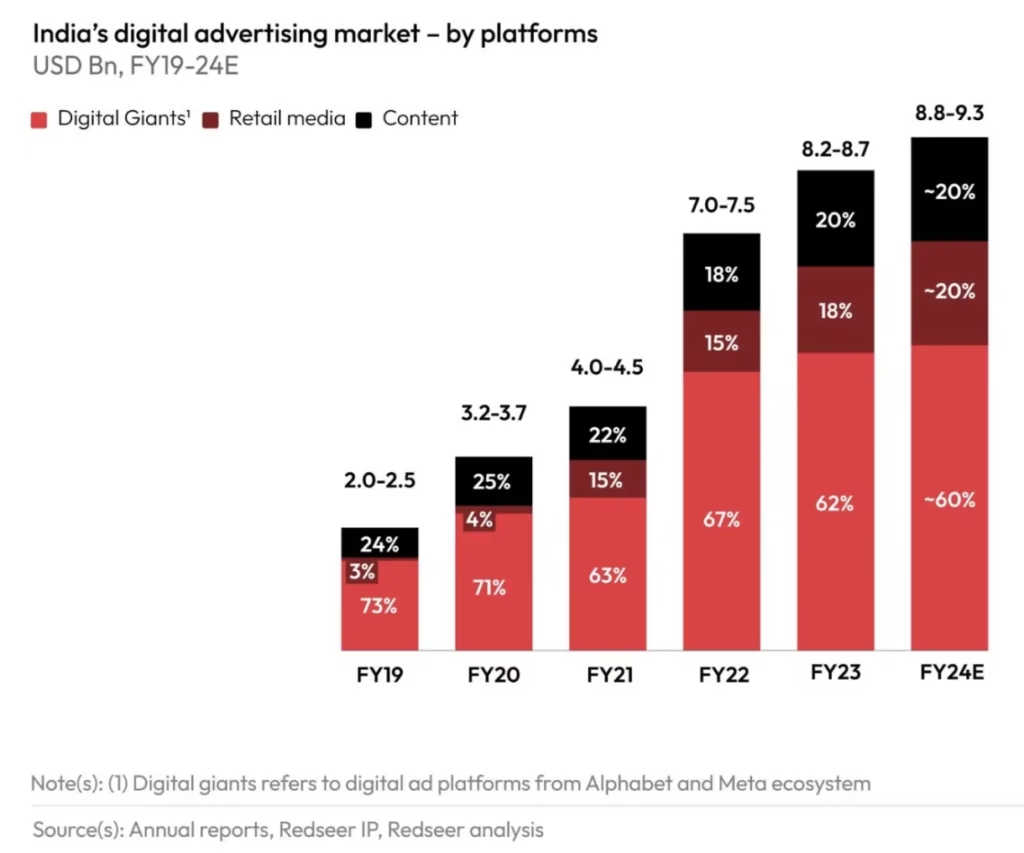
- Google and Meta (Facebook, Instagram) claim nearly 70–80% of India’s digital ad spend.
- Over-reliance on these giants means less control and more vulnerability to changes in algorithms, policies, and costs.
- MarTech enables brands to build their own data ecosystems and reduce dependency on third-party platforms for demand generation and audience engagement.
3. MarTech Is Booming
The MarTech ecosystem has exploded, enabling brands to innovate and optimize at unprecedented rates.
- Over 3,000 new MarTech tools have launched in the last year, with 77% AI-native.
- Brands are juggling more complex stacks: The average MarTech stack now includes 15+ tools, integrating everything from automation to personalization.
- The real game-changer is integration—ensuring different tools “talk” to each other and create a seamless customer experience, rather than simply adding more functions or platforms.
Brands Like Razorpay Are Changing the Landscape
Emerging platforms are expanding beyond their traditional roles to drive conversion and customer retention.
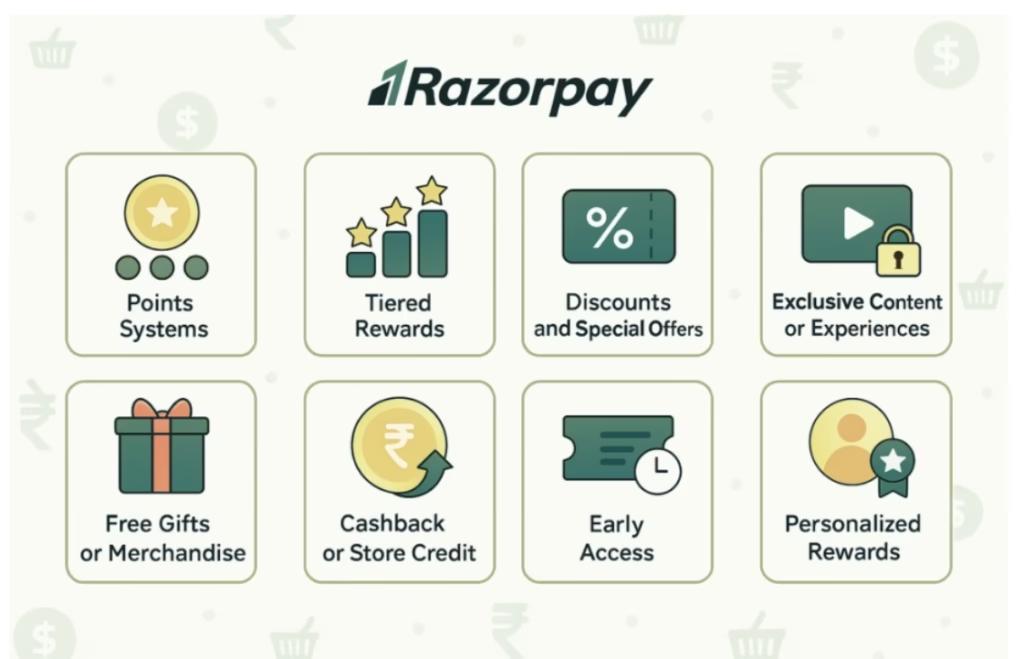
- Razorpay, once a payment gateway, now delivers loyalty solutions, single-click checkout, and even brand referral programs to improve the purchase experience.
- The power lies in leveraging MarTech for post-click conversion analytics, customer loyalty, and distributed engagement—not just transactions.
Real AI Use Cases From Industry Leaders
At the summit, panelists shared actionable AI innovations already driving impact in the field.
- Content AI: Automated content generation—images, banners, and videos—power scalable campaigns.
- Lead Scoring: AI tools help prioritize the “warmest” leads, enabling sales teams to focus efficiently.
- Whilter.ai: Personalized WhatsApp outreach with customized video messages for 1:1 customer engagement.
- Heygen: Use of virtual avatars for onboarding and training, enhancing employee and customer experience.
- DocSend: Real-time document tracking for smarter sales and support follow-up.
First-Party Data Is the New Oil
Owning customer data is now a central strategy for long-term brand success.
- By building first-party data, brands own every stage of the customer journey—making them less dependent on external ad networks.
- First-party data enables smarter segmentation, personalized experiences, and optimized retention and lifetime value.
- This shift supports omni-channel personalization: brands can unify customer profiles across web, app, email, and social for holistic engagement.
Read More: Importance of 1st Party Data and Organic Ways to Build it
Industry Trends That Stand Out
- India’s AI-driven MarTech market will hit $6 billion by 2027
- Over 14,000 MarTech tools available globally—growing 28% year-on-year
- SMBs using MarTech see 30% faster revenue growth versus their peers
Final Thoughts
Attending the event was a wonderful opportunity to learn and exchange ideas with so many bright minds. This event was about convergence. AdTech still drives awareness, but MarTech owns retention, personalization, and scalable results—the DNA of tomorrow’s winning brands.
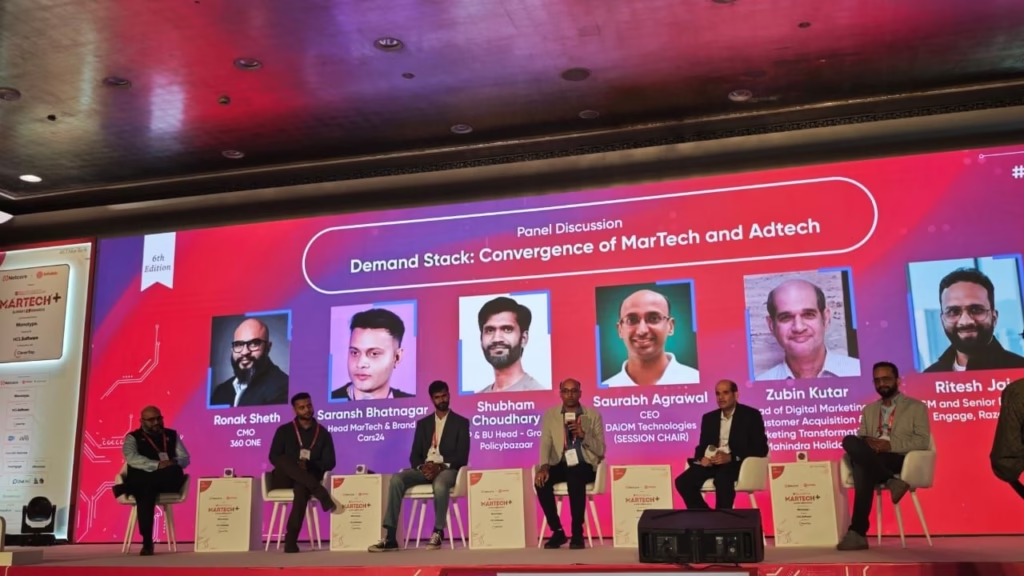
If you want a deeper dive into the best MarTech tools, check out our martech guides.
Check the full blog: MarTech Guide for Omni Channel Businesses
If you’d like to discuss how we can help enhance your Marketing Technology and optimize your strategies, we’d be happy to set up a consultation call. Feel free to reach out to us at alibha@daiom.in.
For more informative content and blog, follow and stay tuned to DAiOM!
Subscribe to our NEWSLETTER!


